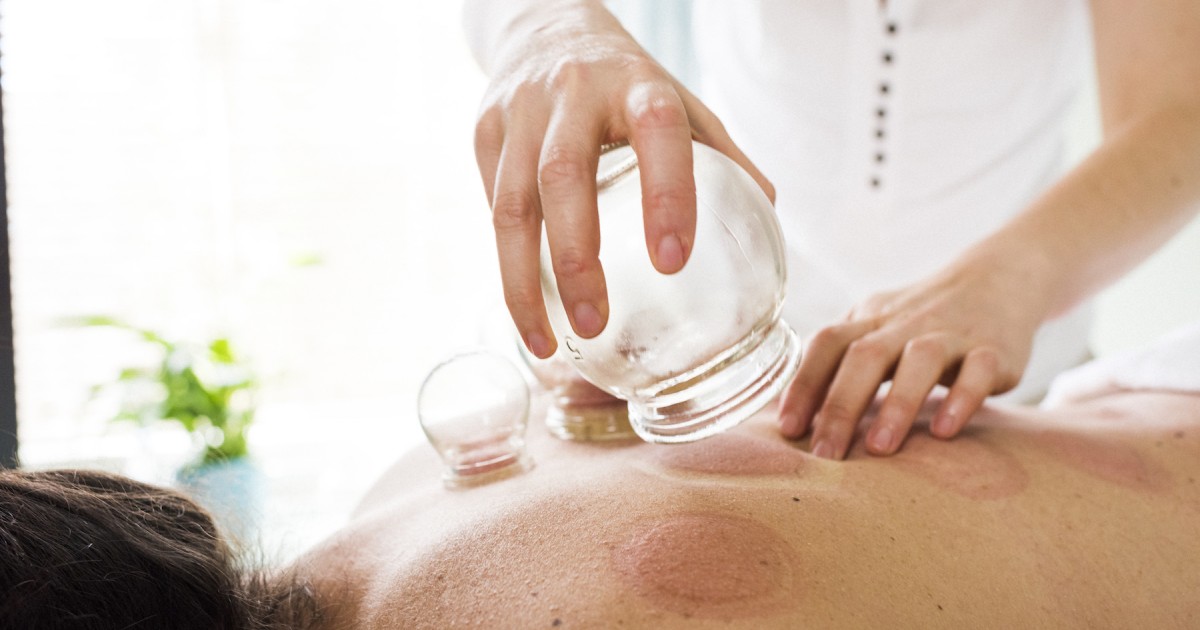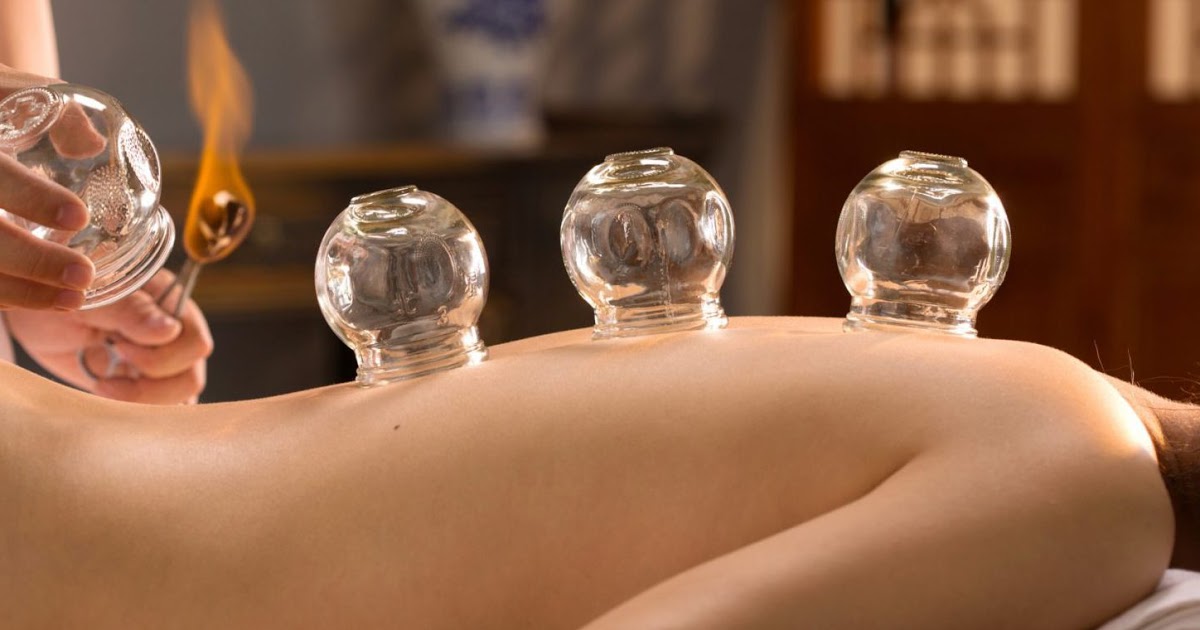Does Cupping Therapy Really Work?
History Of Cupping Therapy

Cupping therapy has its origins in ancient Chinese medicine, and it was once an integral technique involved in medical practices. For thousands of years, cupping therapy has been used to draw out pus and blood from infections during surgery. Traditionally, the doctor or practitioner used bamboo or even cattle horns, utilizing the negative pressure from inside these structures to create a 'cup'. As discussed previously, these cups were then heated, either in boiling water or fire, in order to push the air out of the opening and suction to the skin. Later, practitioners recognized the benefits of cupping therapy in treating other diseases as well, and they continued to develop the practice as a therapeutic methodology.
Uncover the health benefits of cupping therapy now.
Health Benefits

The big thing individuals want to know anytime they're confronted with an unfamiliar therapy is what it will do for them. In fact, many health benefits can be derived from cupping therapy. While some of these benefits are intended, others are considered to be something of a bonus of receiving the treatments. The patient's purpose for going will determine which category each benefit falls into. By increasing blood flow, cupping therapy reduces the level of inflammation in the body. As inflammation is decreased, pain is also reduced to provide an overall better quality of life. As it is considered a type of deep tissue massage, treatments also relax the body and ease muscle tension. Indirectly, this helps to reduce the effects stress has on the body. While it doesn't directly reduce the level of stress hormones in the system, cupping therapy does alleviate symptoms of stress. By providing a deeper state of relaxation, the treatments do help stress levels indirectly.
Keep reading to learn the details about the conditions cupping therapy helps treat.
